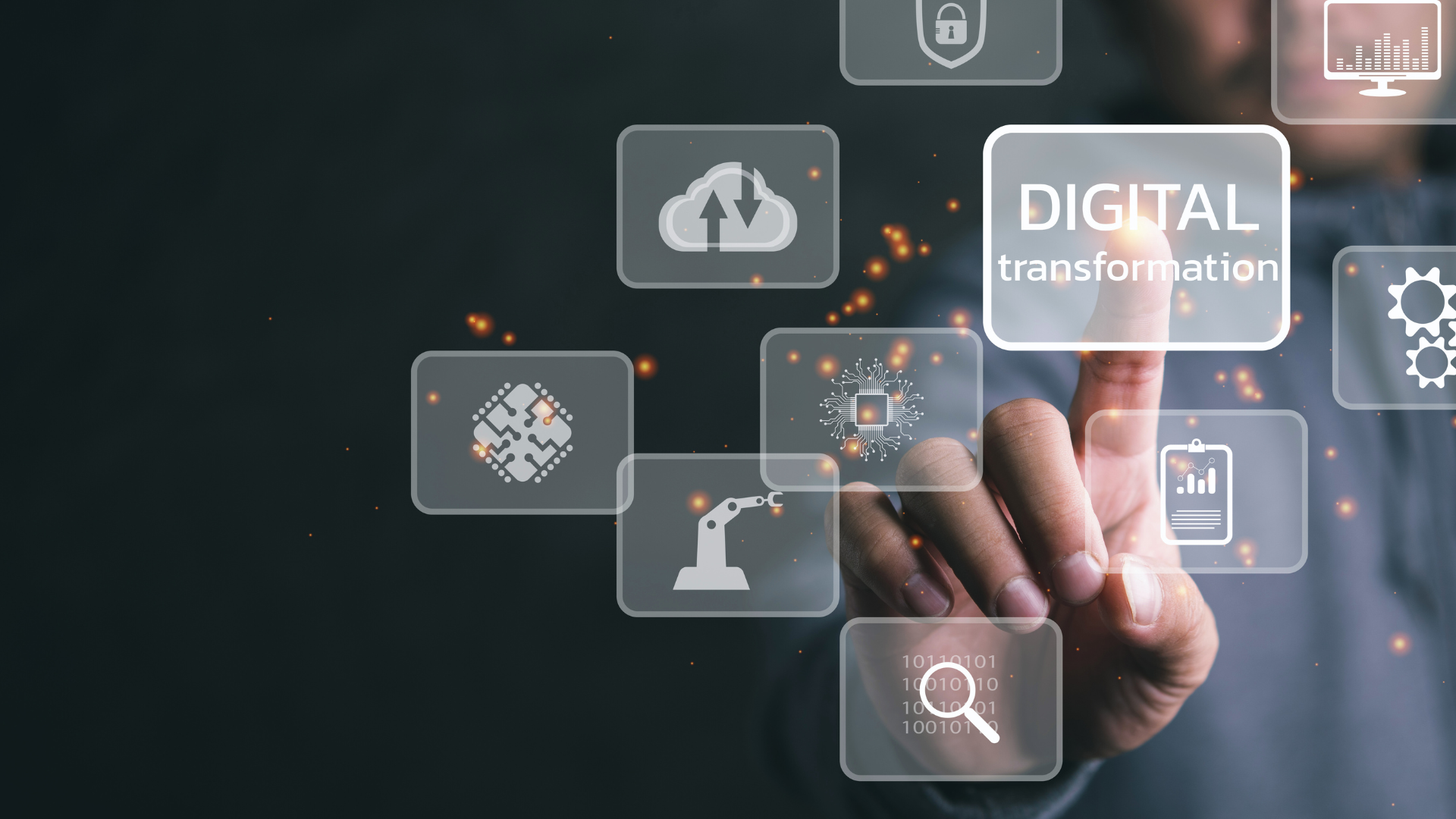The landscape of tech education is evolving rapidly, and gamification is transforming traditional learning into an engaging experience. By integrating game-like elements, educators can capture students’ attention and motivate them to actively participate in their learning journeys. This innovative approach not only enhances knowledge retention but also fosters a sense of achievement and competition among learners.
Through leaderboards, rewards, and interactive challenges, tech education becomes more than just lectures and textbooks. Gamification encourages students to embrace trial and error, making the learning process enjoyable and less intimidating. As a result, individuals gain confidence in their skills, ultimately preparing them for real-world applications in the tech industry.
By utilising gamification techniques, educators can create immersive environments that resonate with today’s digital natives. This shift is crucial in addressing the challenges of keeping learners engaged and invested in their education, ensuring they acquire the skills needed for future success.
The Foundations of Gamification in Education
Gamification in education employs game mechanics and game elements to enrich the learning experience. Understanding its definition, historical context, and core components is essential for appreciating its impact on tech education.
What is Gamification?
Gamification is the integration of game design elements in non-gaming contexts, such as education. This approach uses aspects like points, levels, badges, and challenges to create a more engaging learning environment.
By incorporating these elements, educators can motivate learners to complete tasks and participate actively. Gamification transforms routine educational content into interactive experiences, making learning enjoyable and driving deeper engagement.
History and Evolution of Gamified Learning
The concept of gamification dates back to the early 2000s, gaining traction with the rise of digital game-based learning. Initially, this method was applied in software and training programs to enhance employee performance.
As technology advanced, educators began adopting these principles to increase student motivation and retention. Influential examples include platforms like Duolingo and Kahoot!, which use game-like interfaces to facilitate language learning and classroom interaction.
Core Elements of Gamification
Core elements of gamification in education include achievement, reward systems, competition, and feedback. Achievement allows students to set and accomplish goals, encouraging a sense of progress.
Reward systems, such as earning badges or points, provide tangible recognition for efforts. Competition, through leaderboards or peer challenges, fosters motivation by engaging learners in friendly rivalry.
Feedback is crucial in this environment, as it helps students understand their performance and areas for improvement. Together, these components create a compelling framework for enhancing educational content through gamification.
Impacts of Gamification on Student Engagement and Motivation
Gamification introduces elements such as rewards, progress tracking, and feedback, significantly enhancing student engagement and motivation. By creating dynamic learning experiences, it promotes a more active approach to education.
Enhancing Motivation through Rewards and Challenges
Gamification utilises rewards such as points, badges, and leaderboards to motivate students. These elements provide tangible recognition for achievements, encouraging learners to strive for specific educational goals.
Challenges designed to be both rewarding and difficult stimulate a sense of accomplishment. When students face engaging tasks, they are more likely to remain focused and invested in their learning. This competitive nature can boost retention rates, as learners are eager to improve their standings within the gamified environment.
Tracking Progress and Achievements
Progress tracking is essential in gamified education, as it allows students to visualise their learning journey. Through dashboards displaying points and milestones, learners can celebrate small successes and build a sense of accomplishment.
This visual feedback makes determining areas for improvement more straightforward. When students see their progress reflected in metrics, they stay motivated to achieve their educational objectives. Clear tracking systems help create an environment where continuous improvement is both visible and actionable.
The Role of Feedback in Learning
Effective feedback is vital in gamified environments. It should be immediate and constructive to help students understand their performance. This approach enables learners to adjust their strategies promptly and fosters a growth mindset.
Feedback can be delivered through in-game mechanisms or instructor comments, ensuring students receive insights that guide their learning. When integrated with gamification, feedback encourages a cycle of motivation and engagement, empowering students to take control of their learning experiences.
Incorporating Gamification into Different Learning Styles and Environments
Gamification adapts effectively to various educational settings, enhancing engagement through interactive elements. It embraces diverse learning styles, making education more inclusive and personalised. This section outlines specific applications in higher education, corporate training, and e-learning platforms.
Gamification in Higher Education and Corporate Training
In higher education, gamified learning allows students to tackle challenges in an interactive format. This method encourages collaboration through team-based activities and competitive elements, fostering deeper engagement with the curriculum.
Corporate training benefits similarly, using gamified techniques to enhance knowledge retention and skill acquisition. Scenarios, simulations, and assessments integrated with rewards motivate employees to improve performance and drive engagement.
Engaging Diverse Learning Styles with Gamified Elements
Different learners respond to various instructional strategies. Gamification caters to visual, auditory, and kinesthetic learners by employing multiple modalities. For instance, visual learners gain from interactive graphics, while auditory learners benefit from instructional sound cues. Kinesthetic learners engage through physical activities or simulations.
Incorporating feedback mechanisms, personalised challenges, and adaptive pathways further supports individual learning preferences. This approach builds an inclusive classroom where all students feel represented and engaged in the learning process.
Gamification and Technology Access: Elearning Platforms
E-learning platforms enable gamification to transcend geographical and economic barriers. These platforms often include immersive learning experiences through virtual reality (VR) and augmented reality (AR), enhancing engagement with course materials.
Accessibility features, such as open resources and mobile compatibility, ensure that technology reaches a broad audience. This method creates equal opportunities for students from various backgrounds to participate in gamified learning experiences. Personalised learning paths help accommodate diverse paces and preferences, promoting effective educational outcomes.
Measuring the Impact and Future Trends of Gamification in Tech Education
Gamification’s influence on tech education is evident in its ability to improve engagement, retention, and personalisation. With advancements in technology, the future of gamification holds numerous possibilities for enhancing educational experiences.
Evaluating Student Performance and Knowledge Retention
Evaluating the effectiveness of gamification involves analysing student performance metrics and knowledge retention rates. Studies show that gamified curriculum designs often lead to improved test scores and higher completion rates.
Metrics such as:
- Engagement Levels: Tracking time spent on tasks.
- Assessment Results: Comparing traditional assessments to gamified versions.
These metrics provide concrete data to gauge how gamification affects student learning. Research indicates that learners exposed to gamification tend to retain information longer due to the interactive nature of the material.
Adaptive Learning and Personalised Educational Experiences
Adaptive learning platforms leverage gamification to create tailored educational experiences. These platforms adjust content based on individual student performance, ensuring that learners receive appropriate challenges.
Key components include:
- Real-Time Feedback: Immediate responses to students’ actions promote active learning.
- Custom Learning Paths: Adapting routes based on student progress keeps them engaged.
This personalised approach aids in learner retention by addressing diverse skill levels and learning styles. With gamified elements integrated into adaptive systems, students are more likely to invest time and effort into their education.
Emerging Technologies and Future Prospects
Future trends in gamification in tech education are set to be shaped by emerging technologies like augmented reality (AR) and virtual reality (VR). These technologies provide immersive experiences that enhance learner engagement.
Potential developments include:
- AR Simulations: Bringing theoretical concepts to life in a real-world context.
- VR Learning Environments: Offering entirely new ways to experience complex topics.
As educational technology evolves, the integration of gamification with these immersive technologies will likely lead to richer, more effective educational experiences. The prospects for engaging tech education continue to grow, fostering an environment conducive to deeper learning.








